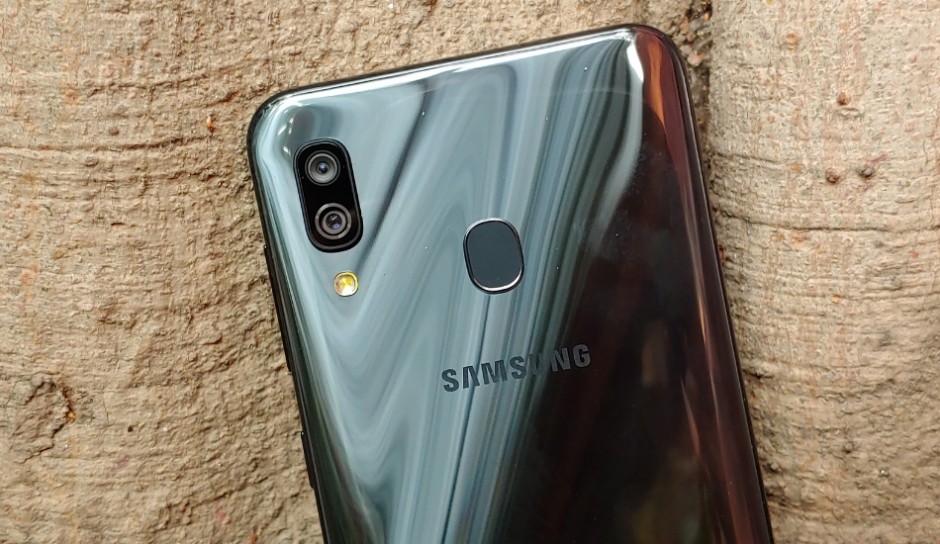Samsung is reportedly offering its 5G Exynos chipsets to Chinese OEMs for testing purposes. Reports suggest that the two key manufacturers to benefit from Samsung’s 5G chips are Vivo and Oppo.
Taiwanese media Digitimes has reported that Samsung Electronics is offering samples of its 5G Chipset solutions to Chinese manufacturers Vivo and Oppo for testing and verification. Supply chain sources have pointed out that Vivo and Oppo belief that MediaTek and Qualcomm alone won’t be able to meet their 5G demands next year.
The report also notes that besides Samsung’s 5G solutions, Oppo and Vivo are still dependent on MediaTek and Qualcomm as well. The Chinese manufacturers are expected to be primarily working with MediaTek’s Helio M70 which was announced earlier this year. The Helio M70 5G modem comes with LTE and 5G dual connectivity (EN-DC) with dynamic power sharing capability, plus multi-mode support for every cellular connectivity generation from 2G to 5G. It supports the sub-6GHz frequency Band non-standalone (NSA) and standalone (SA) 5G network architectures.
What could Oppo and Vivo possibly use?
Earlier this quarter, Samsung announced that it started mass production of its 5G communication solutions for the next generation of premium smartphones. This is expected to be the same solution that will be offered to Vivo and Oppo smartphones. The new 5G chipset from Samsung includes the Exynos Modem 5100, Exynos RF 5500 transceiver and Exynos SM 5800 supply modulator.
Exynos Modem 5100 is Samsung’s first 5G modem solution and supports 5G’s sub-6GHz and mmWave spectrums to 2G GSM/CDMA, 3G WCDMA, TD-SCDMA, HSPA and 4G LTE networks through a single chip. The Exynos RF 5500 comes with support for 5G-NR sub-6GHz networks and legacy networks. The RF Transceiver has 14 receiver paths for download and supports 4×4 MIMO (Multiple-Input, Multiple-Output) and higher-order 256 QAM (Quadrature Amplitude Modulation) scheme to maximize the data transfer rate over the 5G network.
Lastly, the Exynos SM 5800 is a low-power supply modulator solution for 2G to 5G-NR sub-6GHz that supports up to 100MHz envelope-tracking (ET) bandwidths. The Exynos SM 5800 also offers up to 30 percent power reduction by dynamically adjusting the supply voltage according to the modem’s RF input signal.
No Huawei?
What’s interesting is to note that the supply chain sources didn’t even mention Huawei once. This could mean that Chinese vendors as well are distancing themselves from Huawei, fearing they won’t be able to sell their phones outside their home country, due to the US ban on the company.
However, Huawei has managed to strike 50 commercial 5G contracts outside China, making it the leading 5G equipment supplier in the world. The Chinese company has also revealed that it has shipped more than 1,50,000 base stations around the world to set up 5G networks.


